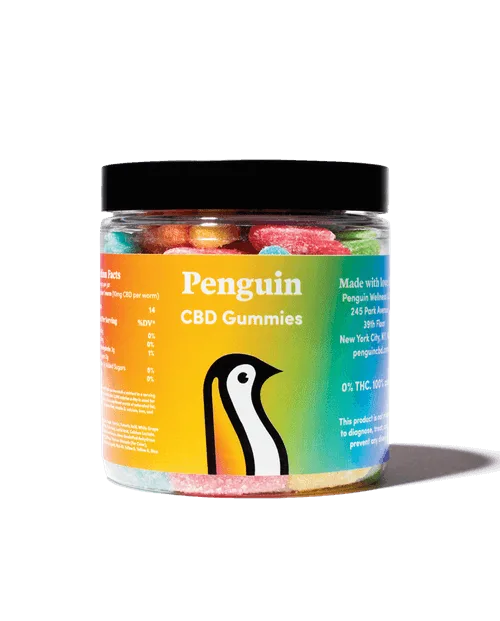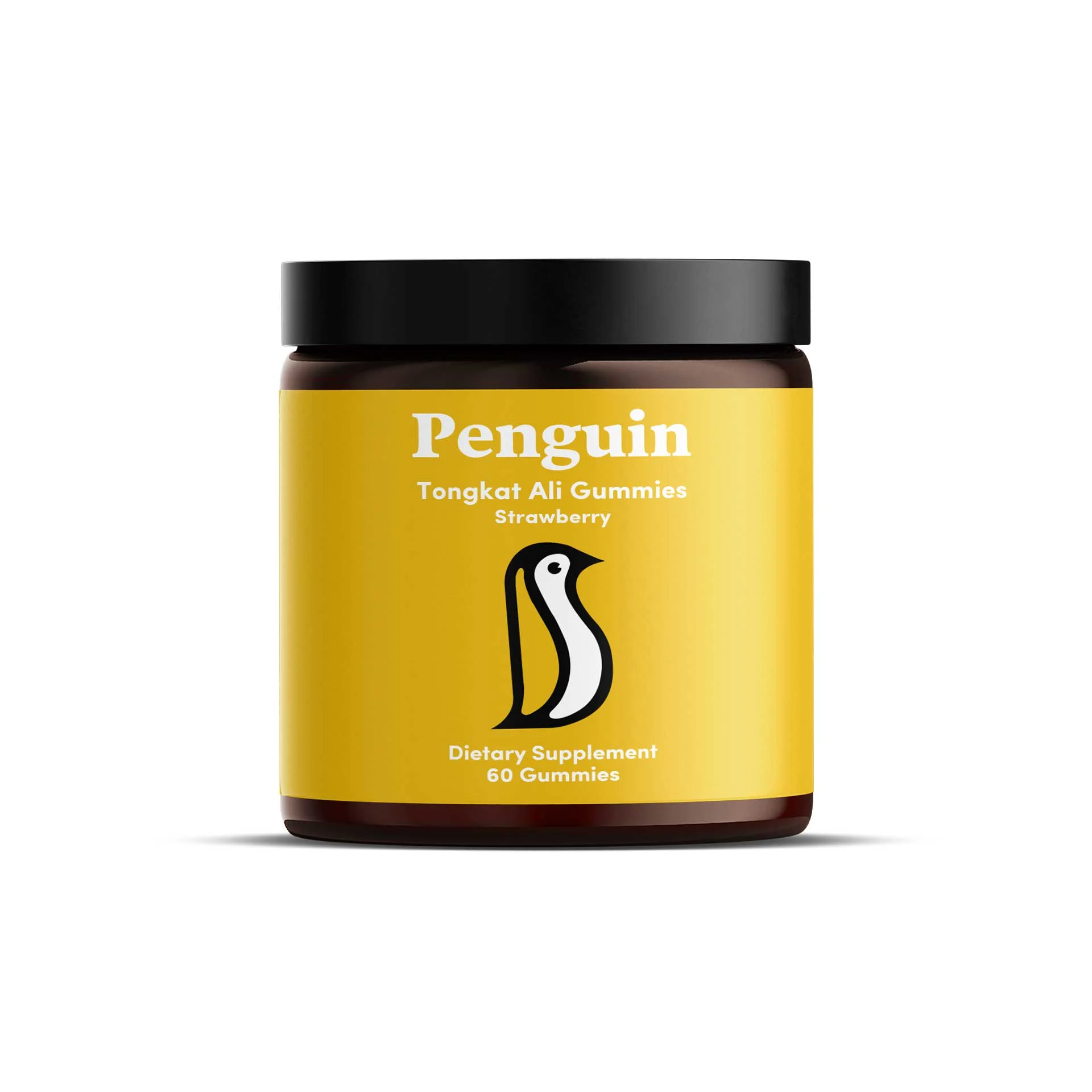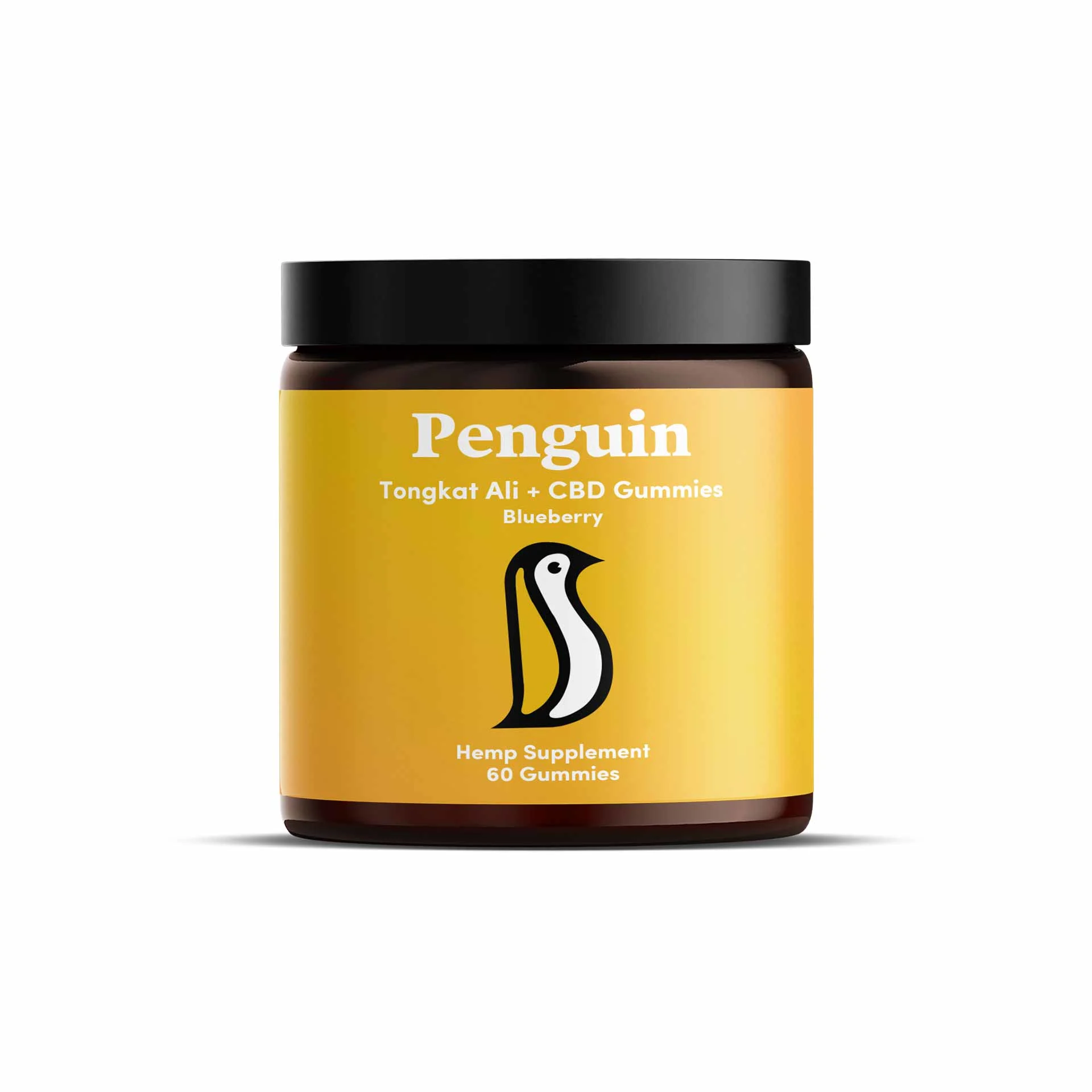What Is the Difference Between Full-Spectrum, Broad-Spectrum and Isolate CBD?
 By Penguin CBD
By Penguin CBDMore and more consumers are sharing their love of CBD products, focusing on all the wellness benefits of CBD. Wouldn’t you want to try a product that’s believed to do that much good?
When shopping for CBD oil, you’ll come across three types of CBD: full-spectrum, broad-spectrum and isolate. Knowing the differences between these types will help you choose the right strain. Here’s what you need to know.
How Cannabidiol Is Extracted From Hemp
Before looking at the differences between these three common strains of cannabidiol (CBD), we need to explain what CBD is and how it’s taken from the hemp plant.
CBD is one of some 400 compounds that can be derived from the hemp plant, and these compounds are not all alike.
Chemists use a process called CO2 extraction to separate the compounds and pull out what they want for their CBD strains. Sometimes they’ll completely separate CBD from everything else in the plant; at other times they’ll add flavonoids, terpenes and other nutrients.
The CO2 extraction process is important because it’s how CBD is separated from THC. THC is the psychoactive component in marijuana and other cannabis products that makes you high. It is also illegal in most states.
The extraction process removes the THC from CBD strains until it’s less than 0.3 percent in content. That’s the legal limit, and it’s not enough to make someone even a little tipsy. Many CBD strains contain no THC at all, and those might be a good option for you if you have any concerns about psychoactive effects.
During extraction, chemists can create three types of CBD strains: isolate, full-spectrum, or broad-spectrum CBD. Read on to learn the differences and which is right for you.
Isolate CBD
Isolate CBD is cannabidiol in its purest form. There’s nothing in this strain except CBD, hence the name isolate. CBD companies can really only claim that isolate CBD is over 99 percent pure CBD because there may be trace amounts of other components in the CBD. That said, it’s unlikely that you’ll notice the tiny amounts.
There are advantages and disadvantages to using CBD isolate. First, you’ll notice that the price for CBD isolate is typically significantly lower than the prices for full-spectrum and broad-spectrum strains. It’s priced lower for a reason: It’s in much lower demand and does not offer as many promising results as other strains.
CBD isolate is also great for those who are sensitive to other cannabinoids found in the hemp plant. For some, pure cannabidiol is all they need, and they don’t need a more expensive and complex CBD strain.
Many people also prefer isolate because it contains no traceable amounts of THC. Because of the psychoactive nature of THC, some are nervous about purchasing a CBD strain that contains 0.3 percent THC or less, even though this THC content won’t cause any psychoactive effects.
The biggest con is that isolate won’t be as effective on most conditions as full-spectrum and broad-spectrum CBD, which contain more than just CBD for the optimum effect. So far, those who take CBD isolate have not reported the coveted entourage effect they get from other strains of CBD.
Full-Spectrum CBD
On the other side of the scale, we have full-spectrum CBD, which contains flavonoids, terpenes, other cannabinoids and more alongside CBD. Most notably, full-spectrum CBD contains up to the legal limit, 0.3 percent, of THC.
Full-spectrum CBD is sometimes called whole-plant CBD because, other than a high THC content, full-spectrum CBD contains most of the compounds you find in the hemp plant.
With all these good ingredients intact, full-spectrum CBD is a highly effective and popular option among CBD users. Those taking this strain of CBD can enjoy the entourage effect, which provides a wholesome feeling of wellness.
However, the THC content makes many users uncomfortable. Additionally, there have been reports of full-spectrum CBD showing up on a drug test, perhaps because the test being used was ultra-sensitive to THC.
Note that some full-spectrum CBD manufacturers are not always careful or truthful about the THC content, so ensure you choose your provider wisely.
Broad-Spectrum CBD
Now it’s time for our favorite CBD strain: broad-spectrum CBD. This is the perfect blend between isolate and full-spectrum CBD. Like full-spectrum CBD, broad-spectrum CBD contains flavonoids, terpenes, other cannabinoids and other nutrients that offer the whole-plant effectiveness of CBD.
Unlike full-spectrum CBD, broad-spectrum does not contain any THC. This is the best of both worlds for users who want all the benefits of CBD but without the risk of tiny amounts of THC in the content.
Broad-spectrum CBD is created in one of two ways. First, it can be extracted as an isolate CBD with certain components added back in. For example, chemists might add specific flavonoids and terpenes back in while leaving others out to change the flavor and aromatherapeutic value of the broad-spectrum strain.
Second, it can be created as a full-spectrum CBD strain, after which chemists will extract the THC from the CBD, so it has all the best parts of the hemp plant without the one piece you don’t want.
Either way, broad-spectrum CBD is considered highly effective.
Which Is Right for You?
We sell broad-spectrum CBD for a reason: We believe it makes for the best CBD oil.
It’s the most popular strain of CBD because it carries all the benefits of cannabidiol without the risks of THC content.
However, everyone is a little different. Most people do well with broad-spectrum CBD products, but if you’re sensitive to other cannabinoids, you might prefer isolate products. Additionally, you might have a medical condition that’s best treated with tiny amounts of THC mixed into your CBD, and full-spectrum is right for you.
If you’re new to the use of CBD, broad-spectrum is a good place to start. You can always make adjustments to the left or right of the scale, so starting in the middle can provide a helpful benchmark. Here at Penguin CBD, we offer CBD oils, creams, and capsules made from broad-spectrum extracts.












